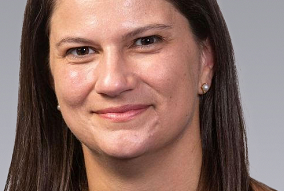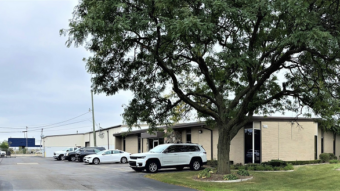The American Library Association (ALA) announced its plan to explore Chicago’s commercial real estate market with the listing of its headquarter buildings at 40-50 E. Huron Street. Efforts to examine the value of its headquarters are fueled by its goals to enhance operational excellence, grow membership and acquire a workplace environment that supports the development of innovative programs and services for its members.
“The ALA executive board and staff are committed to the mission of ALA and its long-term ability to support its members as they serve their libraries and communities,” said ALA president Loida Garcia Febo. “ALA headquarters are an important part of our history and have served members and staff well. But, just as our communities, our libraries, our work lives have changed, so have the needs of the Association—including those of our workplace.”
For more than a year ALA’s executive board and management have engaged in a review of how to strategically utilize ALA headquarters real estate and began to work with Cushman & Wakefield to examine what works, what doesn’t work and what features might be required to create an improved work environment. Conversations and on-site surveys resulted in a workplace assessment and scenario analysis.
In addition to significant financial analysis, Cushman & Wakefield’s study found that the current headquarters configuration—on multiple floors in two buildings—makes collaboration difficult and potentially stymies innovation. Moving to a more efficient workspace would reduce occupancy costs, the savings from which could then be used to support mission-forward association functions.
Next steps will include determining the current market value of ALA’s headquarters space, engaging an architect to further define ALA’s workplace requirements at a more detailed level and to explore opportunities to purchase or lease space elsewhere in the downtown Chicago area. ALA management will continue to work with Cushman & Wakefield on this process, with consultation with and decisions by the ALA executive board at each step. ALA staff will continue to add to the conversation by offering additional input regarding workplace requirements.



